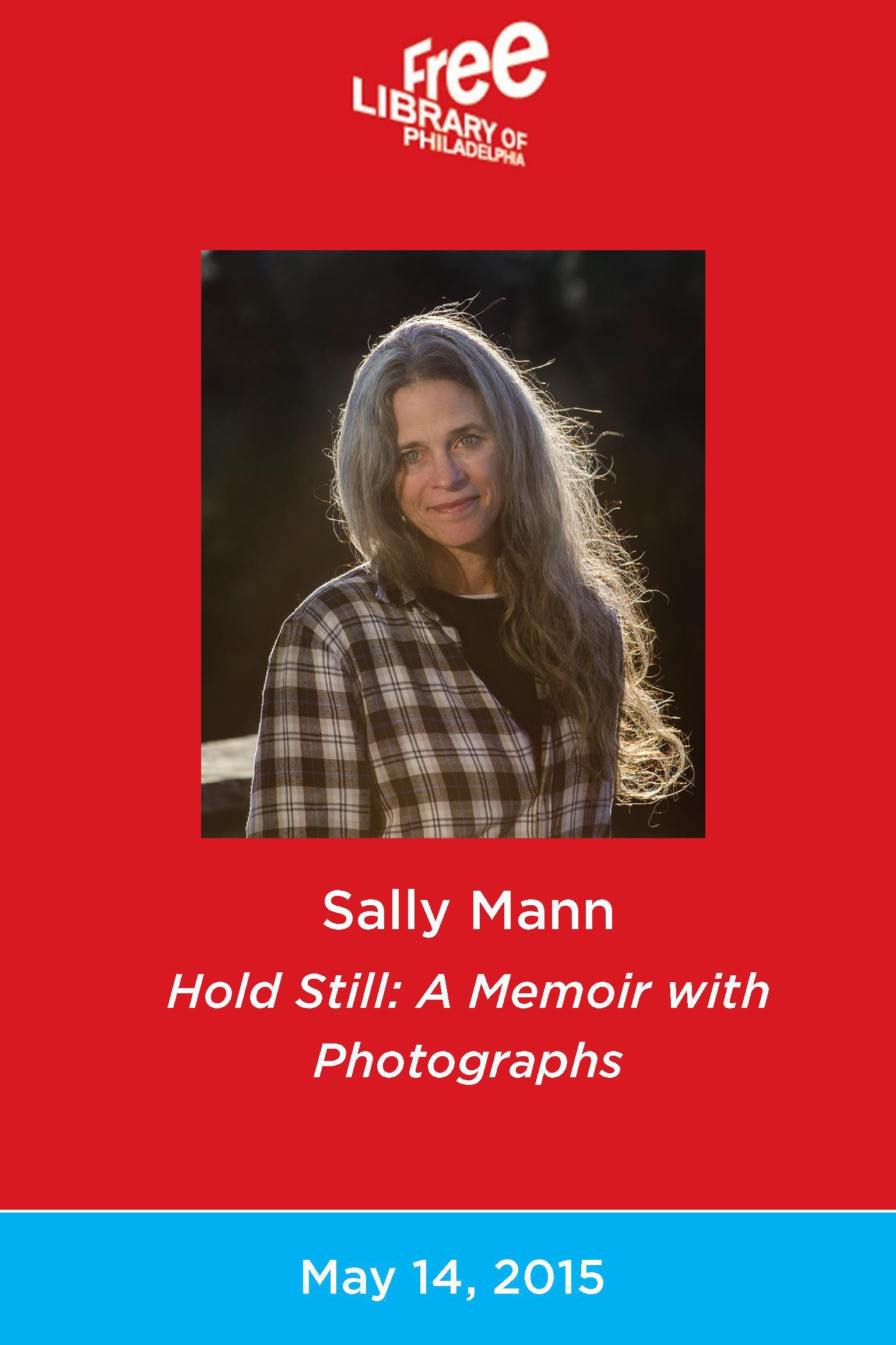

Mann’s grappling, as a white woman, with issues of African American history and identity sometimes falls flat. The show makes the case that Mann’s experimentation with old photographic processes led her to new expressive possibilities that have allowed her to pursue deeply human–and perhaps inherently literary–questions about memory, trauma, death, and the persistence of nature. The exhibition includes a selection from the famous Family series, but it primarily focuses on later work inspired by the South’s physical beauty and violent history. These photographs made Mann both famous and controversial: Time magazine called her “America’s best photographer” while many critics expressed concern that her work exploited her children and was even akin to child pornography. In luminous black-and-white images, she captured her children in sometimes naked play in the prelapsarian setting of her family’s Maury River cabin near Lexington, Virginia. Mann originally secured her place in the art historical canon with her 1992 series Immediate Family.


Although not a retrospective, the landmark show, co-curated by Sarah Greenough of the National Gallery in Washington, D.C., and newly appointed High photography curator Sarah Kennel, offers the most extensive presentation yet of the photographer’s career. These seemingly contradictory impulses–to exalt natural beauty and to discern latent brutality–run throughout the images in the new traveling exhibition Sally Mann: A Thousand Crossings at the High Museum. Yet, even with this in mind, she continued to write rhapsodic poems about the “profligate physical beauty” of the Southern landscape, especially her beloved Shenandoah Valley.

Mann, who originally studied literature, not photography, has said that reading Faulkner in boarding school “threw wide the door of ignorant childhood” regarding the horrific legacy of slavery. But Sally Mann has always risked beauty, noting that artists from the South have traditionally displayed “a conspicuous willingness to use doses of romance that would be fatal to anyone else.” For decades, most have taken a conceptual approach, as if abstract ideas were inherently more consequential, less tainted somehow, than sensual connection. Beauty is not an aesthetic quality universally embraced by contemporary artists.


 0 kommentar(er)
0 kommentar(er)
